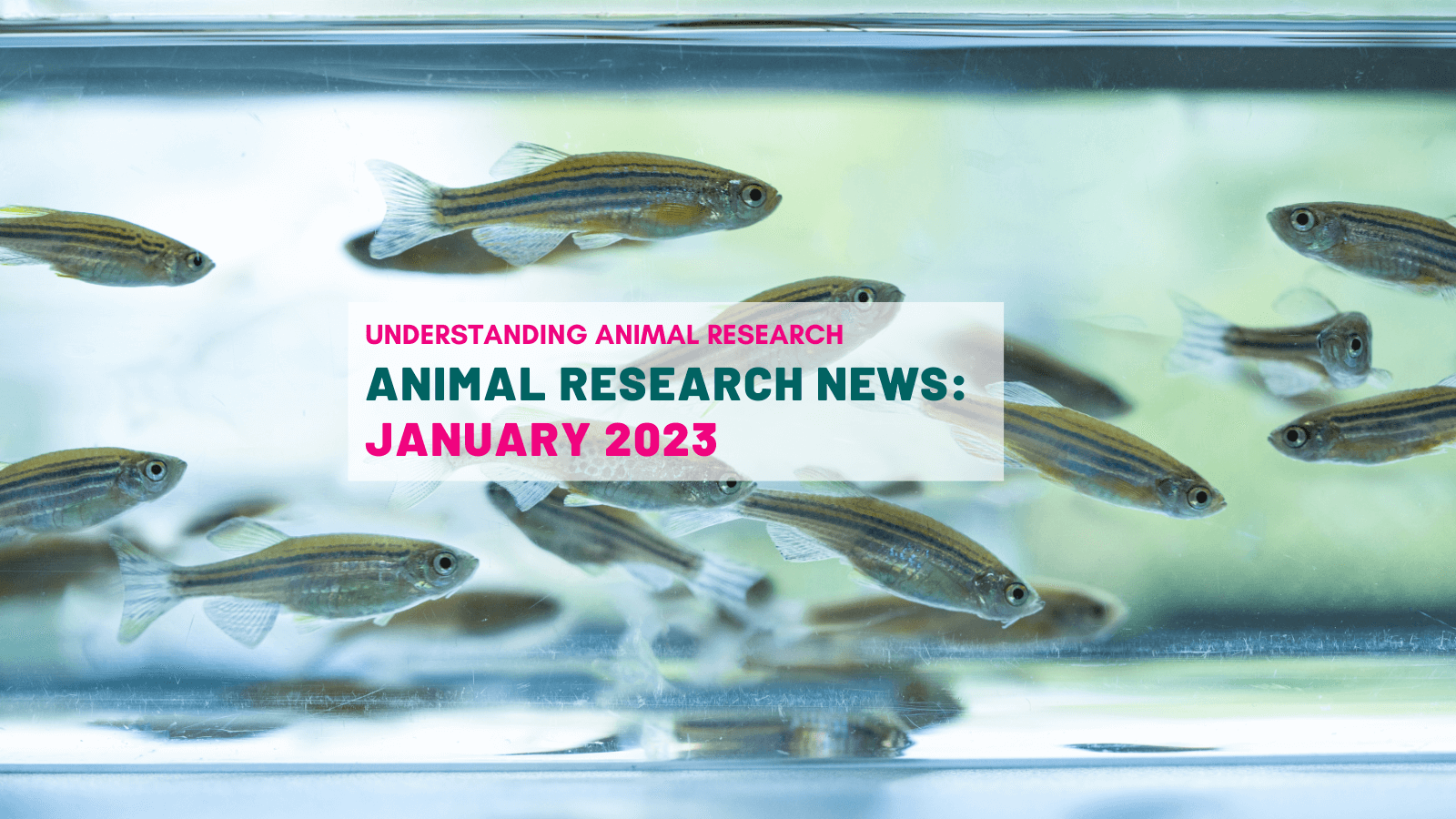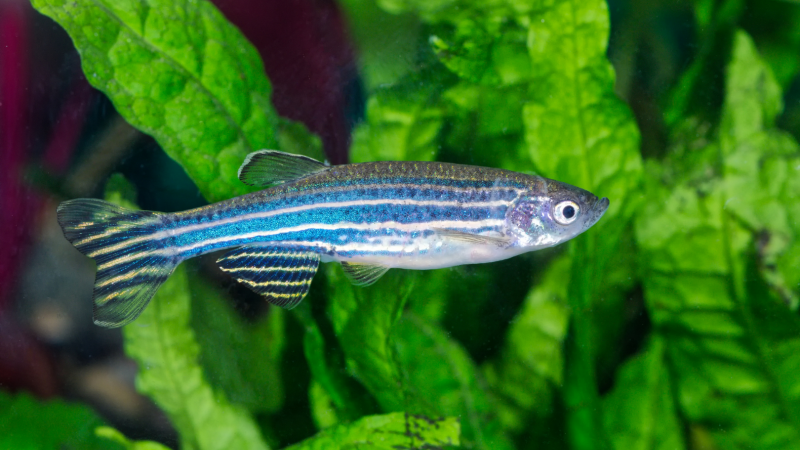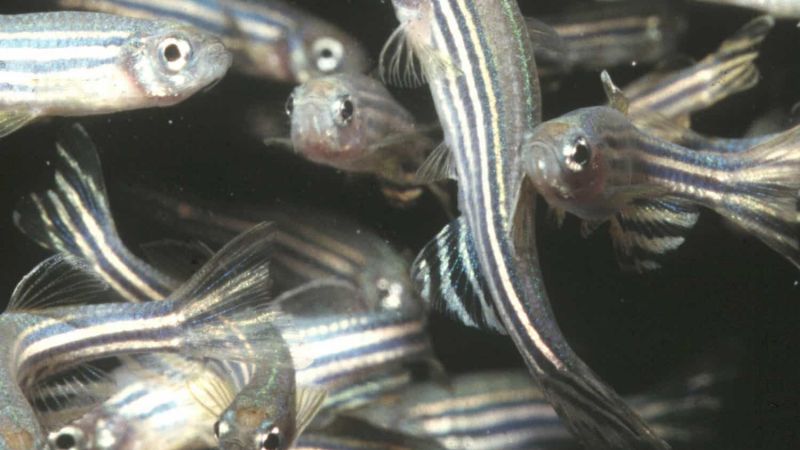FDA no longer needs to require animal tests before human drug trials
This month, the FDA in the United States announced that they will no longer require animal tests before drugs move into human trials. This replaces the 1938 provision that potential drugs be tested for safety and efficacy in animals. The new change in law allows the FDA to promote a new drug or treatment to human trials with data gained through animal tests or non-animal methodologies (NAMs).
Whilst the FDA policy change signals a willingness to embrace non-animal testing methods, it is unlikely that it will cause any major reduction in the number of animals used in biomedical testing.
In the United Kingdom, a similar principle is already enshrined in law, it stipulates that animals cannot be used if an equally effective non-animal method is available. Whilst non-animal methodologies such as computer modelling, organ on a chip technology, and cell cultures have been a welcome replacement for animals in some areas, they cannot replace the majority of animal research studies.
Originally reported in Science, Wendy Jarrett, CEO of Understanding Animal Research, says non-animal methods can’t capture all the ways a drug might put human trial participants at risk.
“We can drop a new [candidate drug] onto a bunch of liver cells. And we can see that it doesn’t damage them,” she says. “But what we don’t know is whether it’s going to make the person cough, whether it’s going to damage their intestines or their brain.”
FDA’s chief scientist says they are in favour of trying to move away from animal testing—when other approaches are ready.
“We support alternative methods that are backed by science and provide the necessary data showing whether products are safe and effective.”
Source: Science
A robotic microsurgeon reveals how zebrafish embryos grow
Scientists have created a robotic microsurgery platform capable of carrying out high-precision surgery at micro scales. The new platform will allow for the dissection of very small areas that are difficult to operate on by hand and will be used to understand how vertebrate animals form during embryonic development.
The scientists at EPFL have tested the platform’s capabilities by using it to study body axis elongation in the zebrafish embryo.
“Our lab focuses on how the backbone forms, and part of that is how the body elongates, grows out, and segments itself,” says Oates. “We use the zebrafish embryo as a model, and the idea is to look at the contribution of different parts of the embryo to the process of development.”
In addition to studying embryo development, the new tool will allow for more precise tissue engineering and could even be used to create miniature artificial organs.
Watch EPFL's timelapse video of an elongating zebrafish embryo.
Two research teams reverse signs of aging in mice
In 2012, a Nobel Prize was awarded to the biologist Shinya Yamanaka for the discovery of a protein “cocktail” capable of reprogramming adult cells into versatile stem cells. A decade later, two separate studies claim that these proteins can reverse ageing for whole organisms, possibly even humans.
The first study, from a team at Harvard Medical School set out to test the “information theory of ageing”, which suggests that human and animals age because of a cumulative loss of epigenetic marks, the changes to DNA that alter gene expression. The team claims that the DNA repair mechanisms of cells degrade throughout our lifetime, becoming less and less effective over time.
In order to test their hypothesis, the Harvard team created a genetically altered mouse that, when given a particular drug, makes an enzyme that cuts the DNA at 20 different sites in the genome, which are then repaired. After receiving the drug, the mice showed widespread changes in DNA patterns and gene expression, their health deteriorated and they ended up with an epigenetic signature more like that of older animals. Within a few weeks the mice showed classic signs of ageing including hair and pigment loss, signs of frailty, and tissue ageing.
Providing evidence to support the “information theory of ageing” wasn’t enough for the Harvard team who went on to see if the symptoms of ageing could be reversed. Researchers injected some of the genetically modified mice with the protein cocktail originally developed by Shinya Yamanaka. The proteins appear to have reversed some of the signs of ageing induced by the DNA breaks.
The second study reported on in Science, also used Yamanaka’s protein cocktail to reverse ageing in mice. Carried out by Rejuvenate Bio, researchers injected elderly mice with the proteins and observed an increased life span compared to control animals. On average, the mice injected with the protein cocktail lived for another 18 weeks, compared to 9 weeks for the control group.
“I would say it is provocative—possibly a breakthrough,” says Steven Austad of the University of Alabama, Birmingham, who studies the biology of aging. “But it will need to be replicated and the mechanism explored before we can say for sure.”
Source: Science
Nasal delivery of antibodies treats symptoms of a stroke in mice
Bypassing the blood-brain barrier to deliver drugs to the brain has always been an obstacle for medical science, but thanks to new research from scientists in Switzerland and Germany, we now know that antibodies can be delivered to the brain through a different path – by traversing long-fibred nerve cells that stretch from the upper nose to the brain.
Past research has identified that certain antibodies can heal the brain after a stroke, by limiting the activity of Nogo-A, a compound that inhibits healing in the brain, however scientists struggled to find a way to get the antibodies to the brain due to the impassable brain-blood barrier.
Using mice, the Swiss/German team have now shown that it is possible to deliver antibodies to the brain using a nasal spray and that it improves recovery after a stroke. The new nasal spray method provides a cheap and effective method of delivering antibodies to the brain to heal the damage caused by stroke.
The original article in MedicalXpress explains how stroke was induced in the mice,
“The strokes induced in the mice were all identical and all involved killing brain cells used to control the front paws. Each of the mice was tested on its ability to carry out a certain task both before and after the stroke. The researchers then administered the nasal spray every day for two weeks and tested the mice to see if there was any improvement in symptoms.”
The scientists found that the mice that had been given antibodies showed an improvement of 60% on average when performing behavioural tasks, whilst mice given a placebo improved by only 30%. The researchers also documented that new nerves had begun to grow within the brains of the mice treated with antibodies.
Source: MedicalXpress
Cervical cancer awareness month
For cervical cancer awareness month this January, we have been sharing information on the discovery of the human papillomavirus and how the HPV vaccine came to fruition. Did you know that HPV was only discovered after researching a similar virus in rabbits? Read more in the post below.
Last edited: 13 February 2023 08:47




